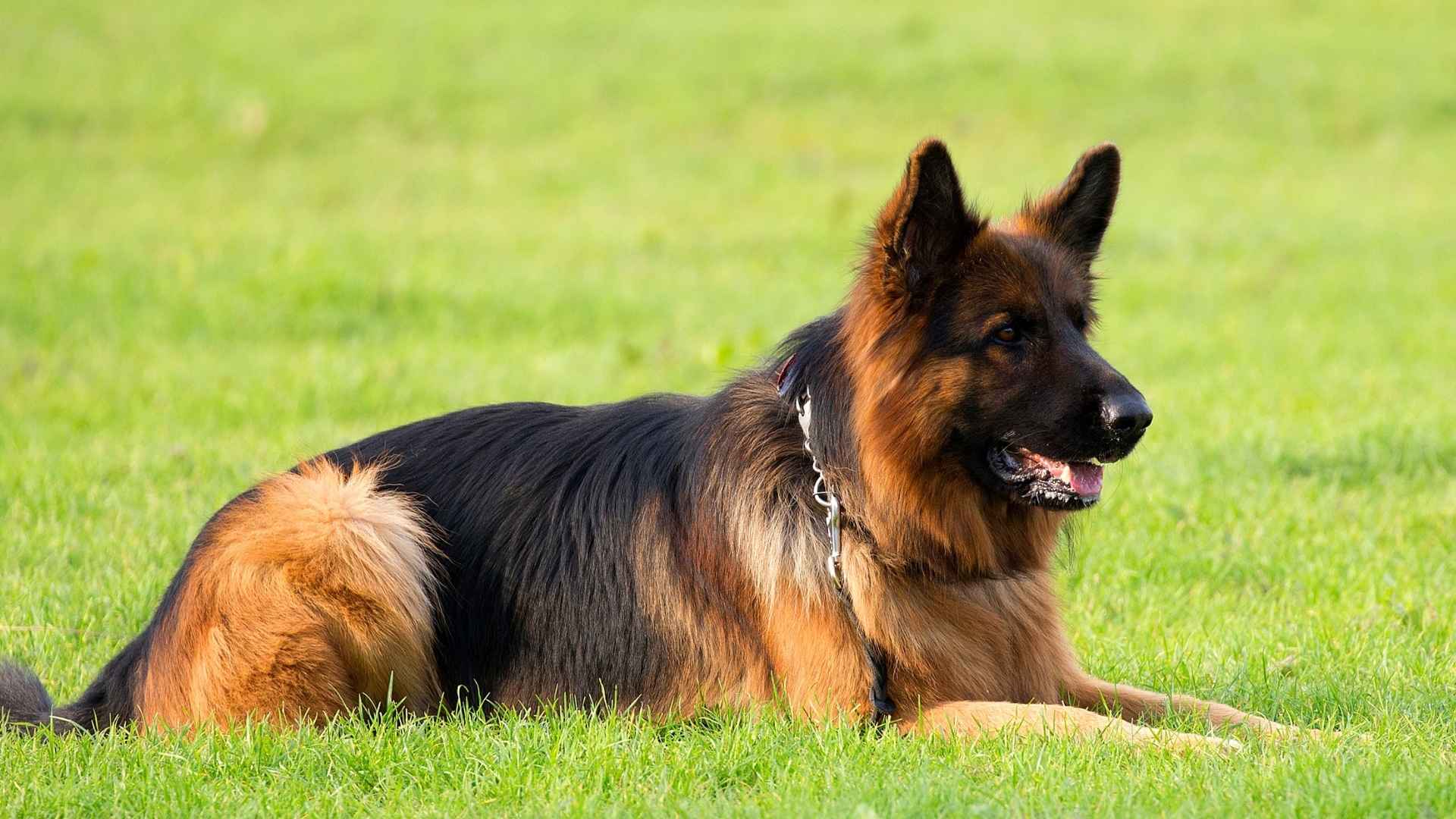Security cameras can record intruders—but they can’t stop them. In many rural and urban settings, the fastest, most effective deterrent is a loyal guard dog. Unlike machines, these canine protectors can sense danger before it’s visible, take action in seconds, and build a bond with the family or property they protect.
From farms to family homes, guard dogs have been trusted for centuries to keep people, livestock, and valuables safe. The right breed doesn’t just offer strength—it brings intelligence, loyalty, and an instinct to protect. In this guide, we’ll explore the most powerful guard dog breeds and what makes each one a fearless guardian.
If you’re considering adding a guard dog to your life, this list will help you understand their temperament, skills, and special care needs—so you can choose the perfect partner in protection.
Best Dog Breeds for Protected Areas
1. German Shepherd
German Shepherds are one of the world’s most recognized guard dogs, valued for their smartness and versatility. Originally bred for herding, they quickly became police and military favorites thanks to their courage and trainability.
A well-trained German Shepherd can switch from gentle family companion to alert protector in seconds. They’re highly observant and respond instantly to perceived threats, making them excellent for home, property, or personal security.
With their strong build and deep bark, they deter most intruders before conflict even starts. Their loyalty runs deep—they protect not just territory, but the people they consider their own.
Fun Fact: German Shepherds can learn over 100 different commands, making them one of the smartest dog breeds in the world.
Guarding Tips:
Start obedience training early for best results.
Provide daily exercise to keep them focused and calm.
Socialize with people and environments to build balanced confidence.
2. Kangal
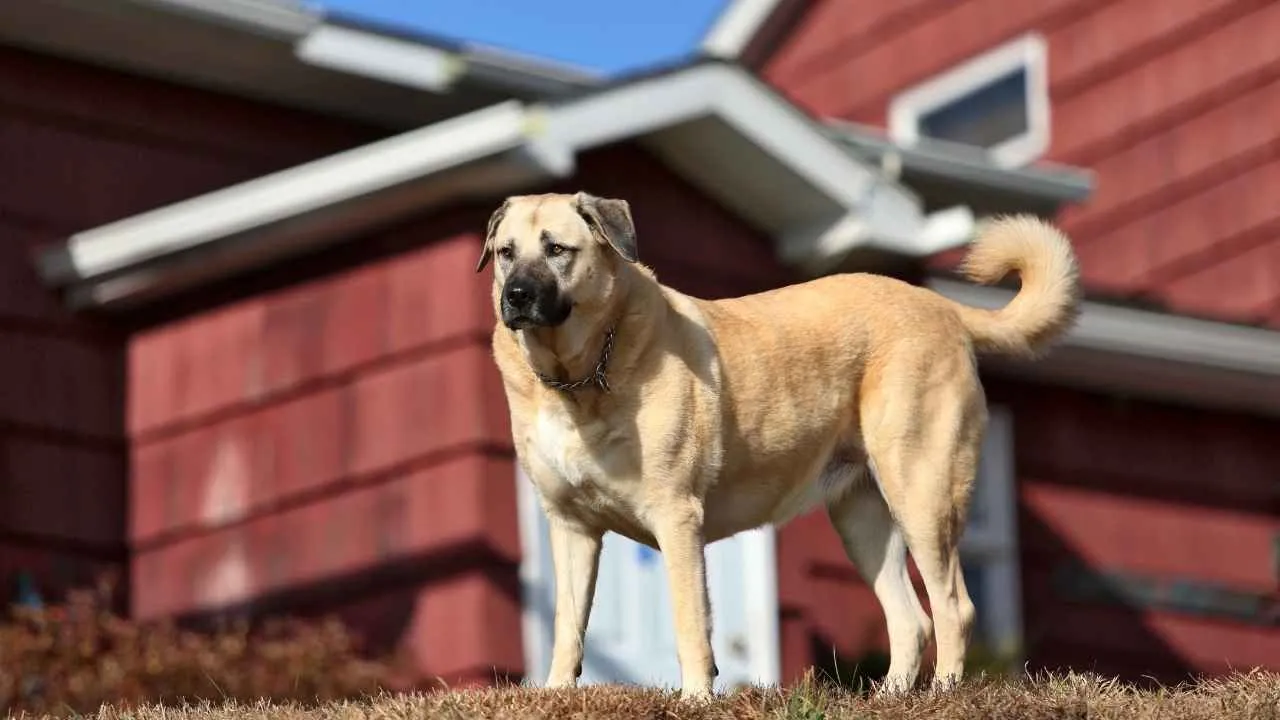
The Kangal, Turkey’s national treasure, is famed for its unmatched protective instincts and calm confidence. Originally bred to guard livestock from predators like wolves and bears, this massive breed combines raw strength with remarkable composure.
A Kangal doesn’t bark or charge without reason. Instead, it assesses threats quietly and acts with precision—making it one of the most dependable guardians for large properties, farms, and rural homes. Their deep bark and imposing size are often enough to send intruders running before they even get close.
Despite their power, Kangals are known for being gentle with children and respectful of their families. They form strong bonds and are extremely loyal, often placing themselves between loved ones and any perceived danger.
Fun Fact: Kangals have one of the strongest bites in the canine world, yet they rarely use it unless truly necessary.
Guarding Tips:
Provide a large, secure space for roaming.
Keep training firm yet gentle.
Introduce livestock early for the best guarding instincts.
3. Great Pyrenees
The Great Pyrenees is a majestic guardian bred for centuries to protect flocks in the mountains of France and Spain. With its thick, weather-resistant coat and calm yet imposing presence, this breed excels in outdoor security roles.
These dogs are patient observers, often watching quietly until a threat becomes real—then acting with confidence and strength. Their large size and deep bark are often enough to deter predators and trespassers alike.
Despite their formidable guarding instincts, Great Pyrenees are gentle giants with their families, known for their affectionate and nurturing nature toward children and other animals. They thrive in wide-open spaces where they can patrol and watch over their territory.
Fun Fact: The Great Pyrenees was declared the royal dog of France in the 17th century.
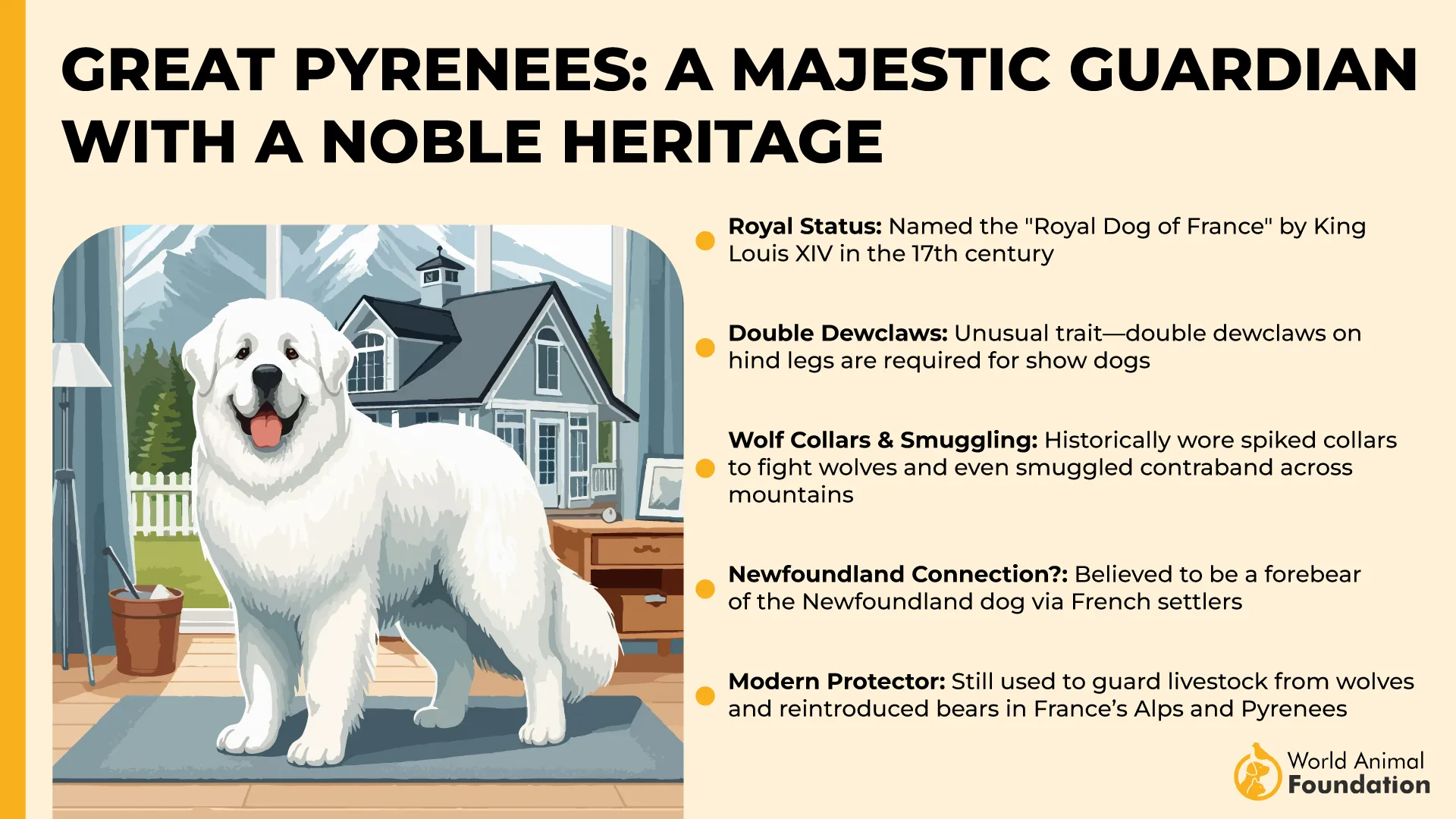
Guarding Tips:
Best suited for large properties or farms.
Brush regularly to maintain their thick coat.
Provide daily walks to keep them active and alert.
4. Anatolian Shepherd Dog
Anatolian Shepherds are ancient livestock guardians from Turkey, bred to protect flocks from wolves and bears across rugged terrain. Their independence and vigilance allow them to guard effectively without constant guidance.
Calm and observant at home, they become unwavering sentinels when threats appear—sometimes warding off predators simply by their presence. These dogs bond deeply with their “flock,” whether that’s livestock or family.
Because of their strong-willed nature, Anatolians require firm, consistent training and early socialization to balance their natural protectiveness with good judgment.
Fun Fact: As part of a U.S. Department of Agriculture program known as the “Sheepdog Project,” Anatolian Shepherds were evaluated—and selected—for their exceptional protective instincts.
Guarding Tips:
Start early socialization to channel their independence productively.
Secure a large, fenced area—these dogs need space to patrol.
Use positive but firm reinforcement to manage their dominant instincts.
5. Tibetan Mastiff
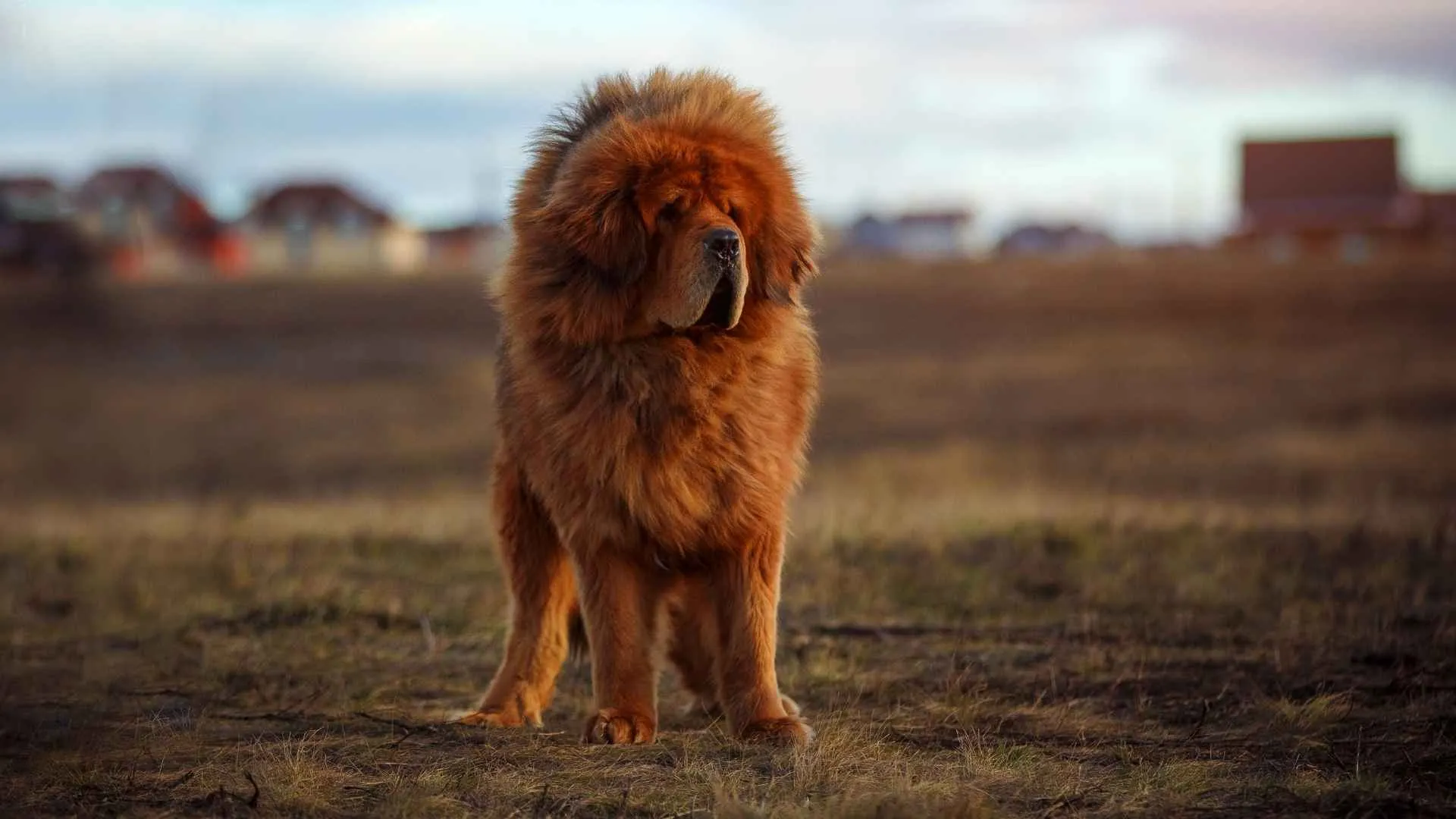
The Tibetan Mastiff is a powerful, ancient guardian originating from the Himalayas, bred for centuries to protect monasteries and camps. Their thick double coat and imposing presence make them natural sentinels in harsh conditions.
As per AKC, these densely coated giants are mellow and calm around the house, sweetly devoted to family, and aloof and territorial with strangers. So, they will sound a deep, resonant warning rather than charge in, making them effective deterrents even at night.
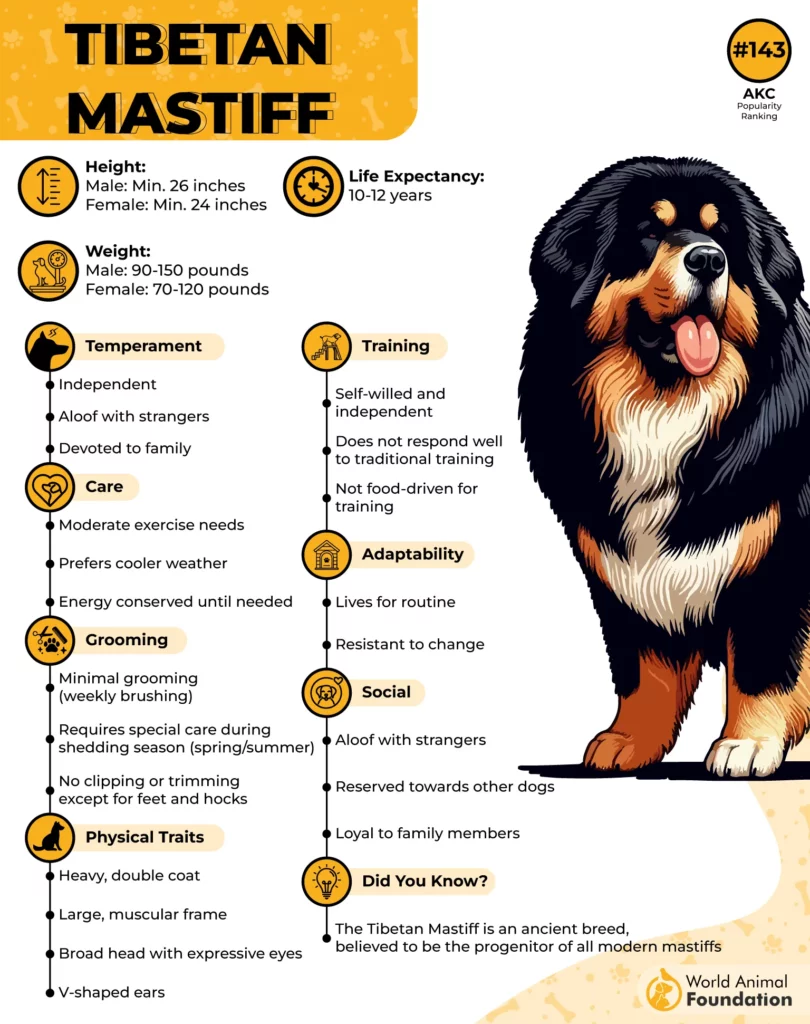
Their intelligence and independence mean they do best with experienced handlers who offer patient, consistent training and early socialization. Without structure, their strong territorial instincts can become troublesome.
Fun Fact: Marco Polo once described the Tibetan Mastiff as “as tall as a donkey with a voice as powerful as a lion’s.”
Guarding Tips:
Train and socialize early to temper suspicion toward strangers.
Expect nocturnal vigilance—plan accordingly for nearby neighbors.
Keep training consistent and gentle to earn their loyalty and trust.
6. Belgian Malinois

The Belgian Malinois is a sleek, agile working dog known for its speed, intelligence, and unwavering focus. Often chosen by police and military units, this breed thrives on action and excels at both detection and protection work.
Unlike heavier guard breeds, the Malinois uses agility and quick reflexes to intercept threats before they escalate. Their intense gaze alone can be enough to unsettle intruders, while their keen senses pick up on the slightest movement or sound.
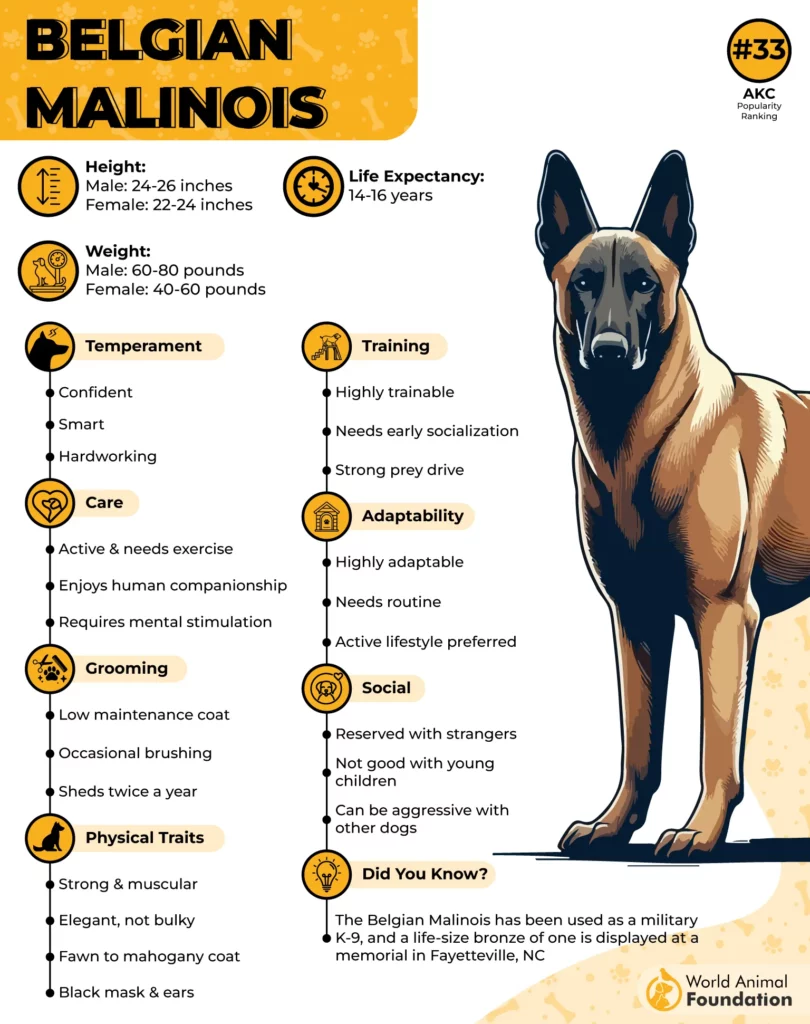
WebMD states that Belgian Malinois dogs are intelligent and highly trainable, making them well-suited for active and experienced owners. This breed is not ideal for households with small children or sedentary lifestyles. In the right hands, the Malinois becomes an unmatched guardian, loyal companion, and tireless worker.
Fun Fact: Belgian Malinois were used to help track down Osama bin Laden during the U.S. Navy SEALs’ 2011 mission.
Guarding Tips:
Provide advanced obedience training early.
Engage in high-intensity exercise daily.
Use scent or agility games to keep them mentally sharp.
7. Kuvasz
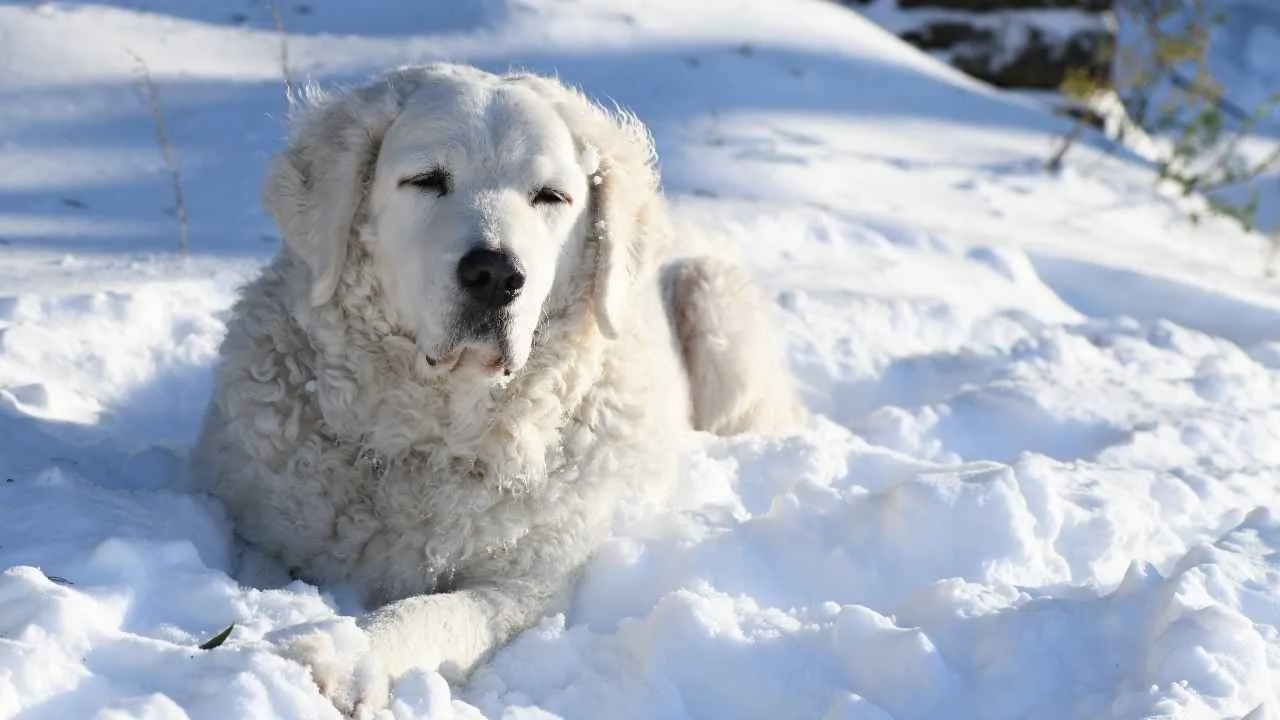
The Kuvasz is a majestic Hungarian livestock guardian with a storied past as both royal protector and fierce defender of flocks. Its large, powerful frame and dense white coat give it both presence and purpose in rural and estate settings.
With alert intelligence and deep loyalty, the Kuvasz is calm around familiar people but naturally suspicious of strangers—making it an effective deterrent even before it needs to act. This breed thrives when given space to patrol and a real sense of responsibility.

As per PetMD, the Kuvasz dog breed balances guarding instincts with an easygoing nature. They’re known to be gentle and tolerant around other animals and children when well-trained and socialized. These dogs become devoted guardians, especially in environments where a trusted presence matters.
Fun Fact: The name “Kuvasz” comes from the Turkish word meaning “armed guard of the nobility.
Guarding Tips:
Begin training and socialization early to channel their natural instincts.
Secure a spacious, fenced area for them to roam and monitor.
Provide consistent, respectful leadership to earn their trust and loyalty.
Conclusion
Choosing the right guard dog for a protected area is about more than size or strength—it’s about matching the breed’s instincts, temperament, and training needs to the environment. From the fearless German Shepherd to the loyal Kuvasz, each breed offers unique qualities that can strengthen security while building a strong bond with its handler.
Proper training and early socialization are key to ensuring these dogs are both reliable protectors and manageable companions. Giving them a clear role, enough space to work, and strong leadership helps channel their natural guarding instincts into effective, controlled behavior.
Ultimately, the best guard dog is one that feels a sense of purpose in its role while being treated with respect and care. When their abilities are nurtured, these dogs don’t just guard territory—they become trusted partners in protection, offering unwavering loyalty, vigilance, and peace of mind.


